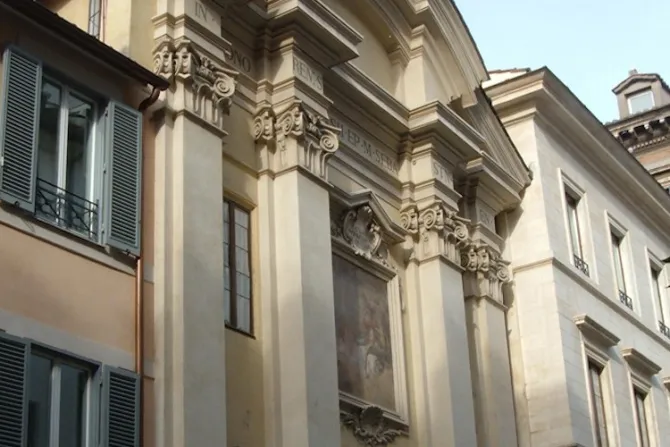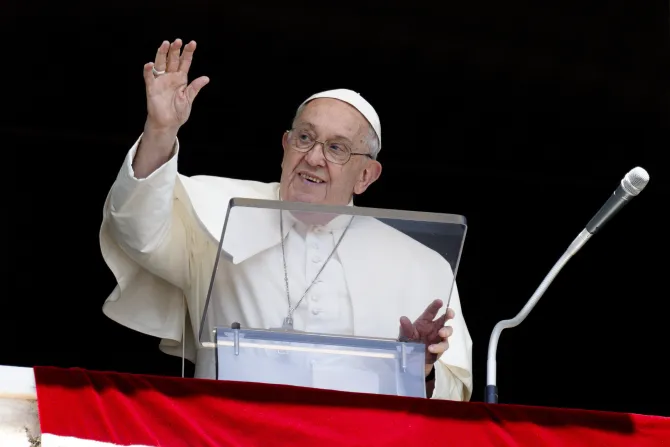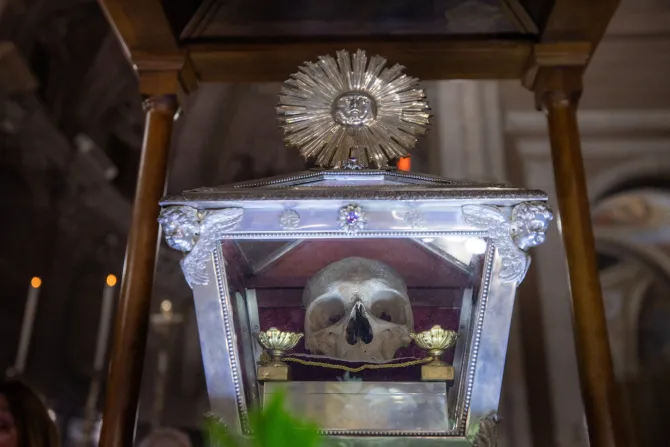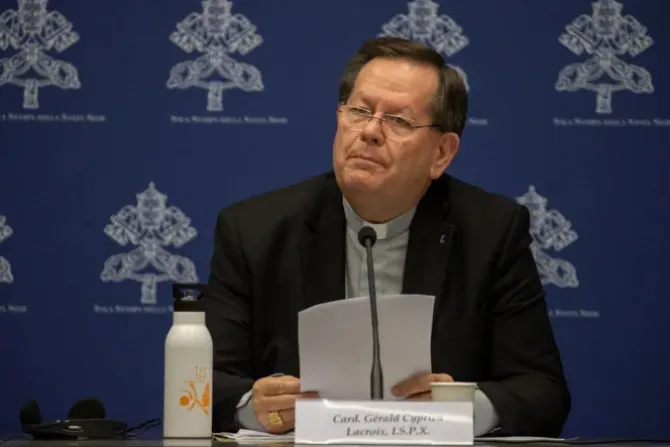Every February 3rd, the Church celebrates the feast of St. Blaise, the patron saint of throat diseases. What very few know is that part of his own throat is kept as a relic in a church located on one of the most emblematic streets of Rome.
At number 63 of the historic Via Giulia in Rome is the church of San Biagio (St. Blaise), which since the 19th century is the temple attended by Armenian Catholics in the Italian capital.
Inside the temple are the relics of St. Blaise’s throat, the patron of throat diseases and well-known in his time for having performed numerous miraculous healings. Tradition has it that one day St. Blaise saved a boy who had choked on a fishbone. Hence the custom of blessing throats on his feast day, and why he is also the patron saint of otolaryngologists.
Moreover, according to the Acts of St. Blaise, he was condemned to die by drowning, but when he was thrown into the waters, the saint began to walk on them, repeating the miracle performed by Jesus Christ.
Tradition of blessed bread on the feast of St. Blaise
This Roman church where the saint’s relics are kept is also often called “San Biagio della Pagnotta” (St. Blaise of the Loaf of Bread).
This curious name is given because every year, on the saint’s feast day, small blessed loaves are distributed, especially to the less fortunate.
Additionally, in the Lombardy region, in northern Italy, and especially in the city of Milan, there is a tradition of eating a piece of panettone, the typical Italian Christmas sweet, every February 3rd. This is due to a legend that has been passed down from generation to generation, telling the story of a peasant woman who asked her parish priest to bless a panettone before Christmas.
Since the woman did not return for the sweet, the priest ended up eating it. However, months later, the woman returned to the parish to collect her blessed panettone.
The priest, when going to give her what little was left of the sweet, suddenly saw that it was whole and even seemed larger than before. It was February 3rd, St. Blaise’s day. Since then, Italians have the custom of reserving a piece of panettone during Christmas that they keep until St. Blaise’s day.
On this day, the faithful bring the sweet bread to the church, and normally during the first Mass of the morning, the priest blesses the remaining panettone. After Mass, they usually eat it with family to bless the throat and nose.







